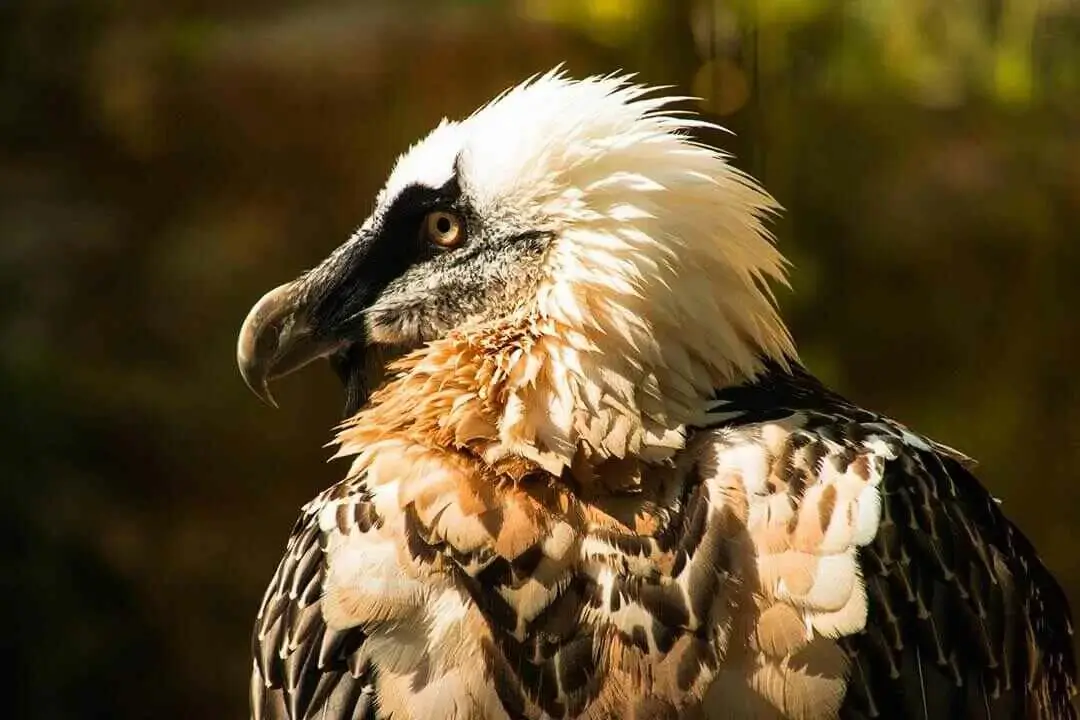
BIRDING IN
Mount Elgon National Park

BIRDING IN
Mount Elgon National Park

BIRDING IN
Mount Elgon National Park
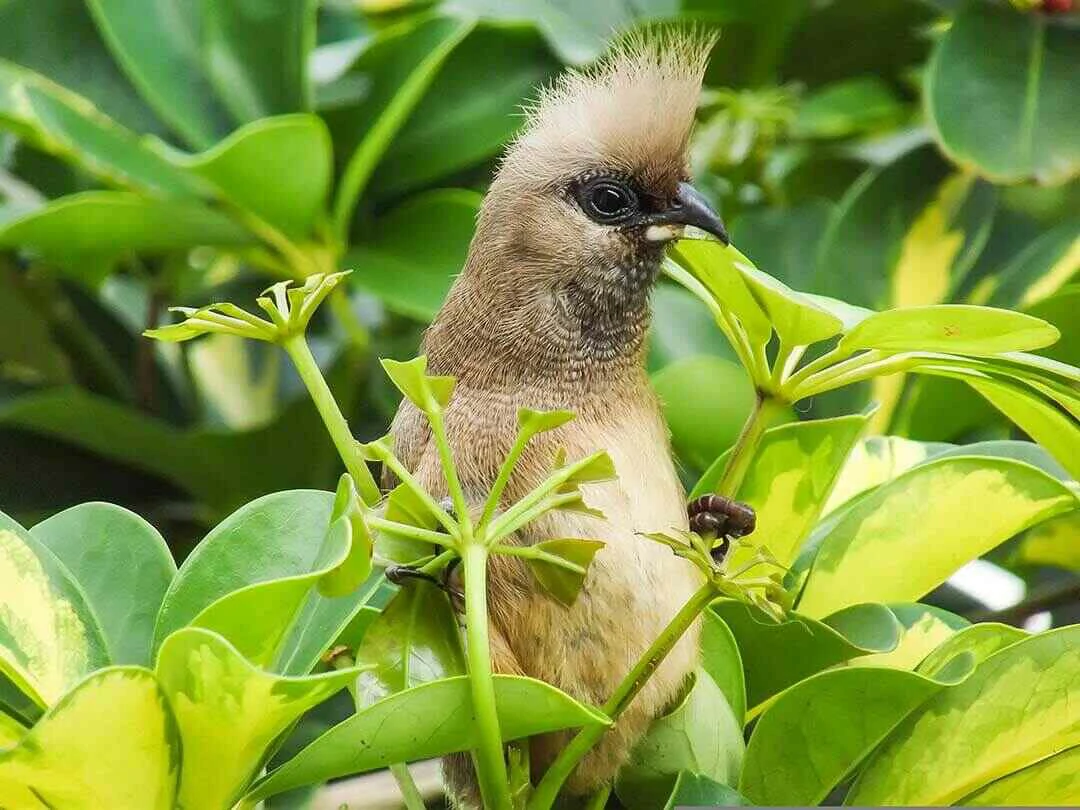
BIRDING IN
Mount Elgon National Park
Mount Elgon is located in the western riftavlley covering an area o f95,000 ha with an altitude of 2,100 - 4,280meters. This area comprises montane forest, wooded grassland, bamboo and alpine moorland on the eastern slopes of Mount Elgon, Kenya's second highest mountain. Mount Elgon lies 140 kilometers north-east of Lake Victoria and is bisected by the Kenya/ Uganda border. Mount Elgon National Park forms part of the western Kenya bird watching route, which includes birding destinations such as Cherangani Hills, Kakamega Forest, Busia Grasslands, Lake Victoria, Kongelai Escarpment and Saiwa National Park. It is an ancient, eroded volcano with a huge caldera and, on its summit, the spectacular flattopped basalt column known as Koitobos. Another unique feature of the mountain is the 'lava tube' caves, some over 60 m wide and frequented by elephants (and other animals) digging for salts.
The mountain soils are red laterite, and rainfall is 1,200 milimetrs on the mid-slopes. The vegetation is zoned by altitude, with wet montane forest dominated by Olea capensis and Aningeria adolfi-friedericii grading into Olea - Podocarpus falcatus forest, a zone of mixed Podocarpus and bamboo Arundinaria alpina, and the Hagenia abyssinica zone with giant heath Erica arborea and E. trimera elgonensis. Afro-alpine moorlands occupy the highest parts of the mountain, with tussock grasses such as Festuca pilgeri, bogs of Carex runssoroensis, giant groundsels and giant lobelias.
Open wooded grassland with Erythrina and Combretum covers part of the lower, drier north-eastern slopes. Mount Elgon National Park 16,900 ha was gazetted in 1968, it covers a narrow transect up the north-eastern slopes of the mountain, from lower montane forest to the caldera edge. The remaining forest and moorland (73,000 hactares) is part of Mount Elgon Forest Reserve. The north-eastern wooded grassland (5,000 ha) is unprotected. The Ugandan side of the mountain, above 2,000 meters, is protected within Uganda's Mount Elgon National Park. Mount Elgon is an important water catchment for the Nzoia River, which flows into Lake Victoria, and for the Turkwel River, which flows into Lake Turkana.
The globally threatened, restricted-range Macronyx sharpei is local and uncommon on the moorland where it has been collected at 3,400 meters. Other restricted range species are Cisticola hunteri, which is common above 3,500 meters, and Francolinus jacksoni known from just one sight record. Mount Elgon has a rich montane avifauna. The wooded grasslands on the northeastern side hold a number of unusual birds, including the Sudan - Guinea Savanna biome species that all have very restricted ranges in Kenya. Nineteen of Kenya's 43 Guinea - Congo Forests biome species have been recorded, although as many as 10 of these may now be extinct. Regionally threatened species include Gypaetus barbatus, Stephanoaetus coronatus (resident in small numbers), Francolinus streptophorus (very scarce), Sarothrura affinis (scarce resident), Bubo capensis, Glaucidium tephronotum (uncommon), Indicator conirostris (uncommon), Phyllastrephus baumanni (may be extinct), Kakamega poliothorax (may be extinct), Sheppardia polioptera (uncommon) and Campephaga quiscalina (uncommon).
Mount Elgon National Park is home to 305 species of birds most of which are only found, Jackson's and Moorland Francolins, endemic to Kenya, Hartlaub's Turaco, Black-collared Apalis, and Streaky-headed Seedeater. Others include, Tullberg's Woodpecker, Grey-throated Barbet, Yellow-fronted Tinkerbird, Hairy-breasted Barbet, Yellow-billed Woodpecker, Grey - Cuckooshrike, Black-headed Batis, Doherty's Bush-shrike, Yellow-billed Shrike, Velvet-mantled Drongo, Blue-crested Flycatcher, Dusky Tit, Chubb's Cisticola, African Emerald Cuckoo, Rosss Turaco, Slender-tailed Nightjar, Plain Nightjar, Sabine's Spinetail, Buff-spotted Flufftail, Western-banded Snake Eagle, Eastern Bronze-naped Pigeon, Bruce's Green Pigeon, Blue-spotted Wood-Dove, Yellowbill, Red-throated Wryneck, Buff-spotted Woodpecker, Speckle-breasted Woodpecker, Yellow-crested Woodpecker, Lammergeier (Bearded Vulture), Bat hawk, , Crowned Eagle, Mountain Buzzard, Red-chested Owlet, Forest Wood-hoopoe, Pallid Honeyguide.
Our Experts are ready to provide answers
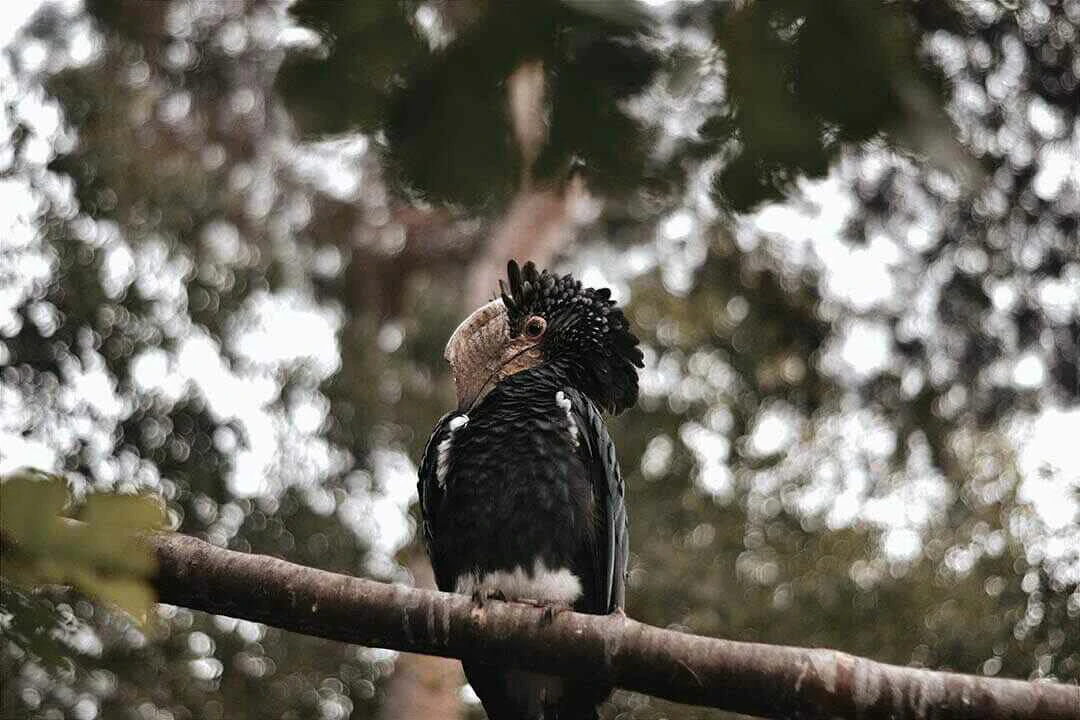
Over 200 bird species have been recorded, including Aviceda cuculoides, Buteo oreophilus, Francolinus jacksoni, F. psilolaemus and Tauraco hartlaubi. Nectarinia johnstoni is found on the high peaks, foraging largely on lobelias, while other montane sunbirds (including Nectarinia tacazze, N. reichenowi, N. famosa and N. mediocris) are common at slightly lower altitudes.
Read More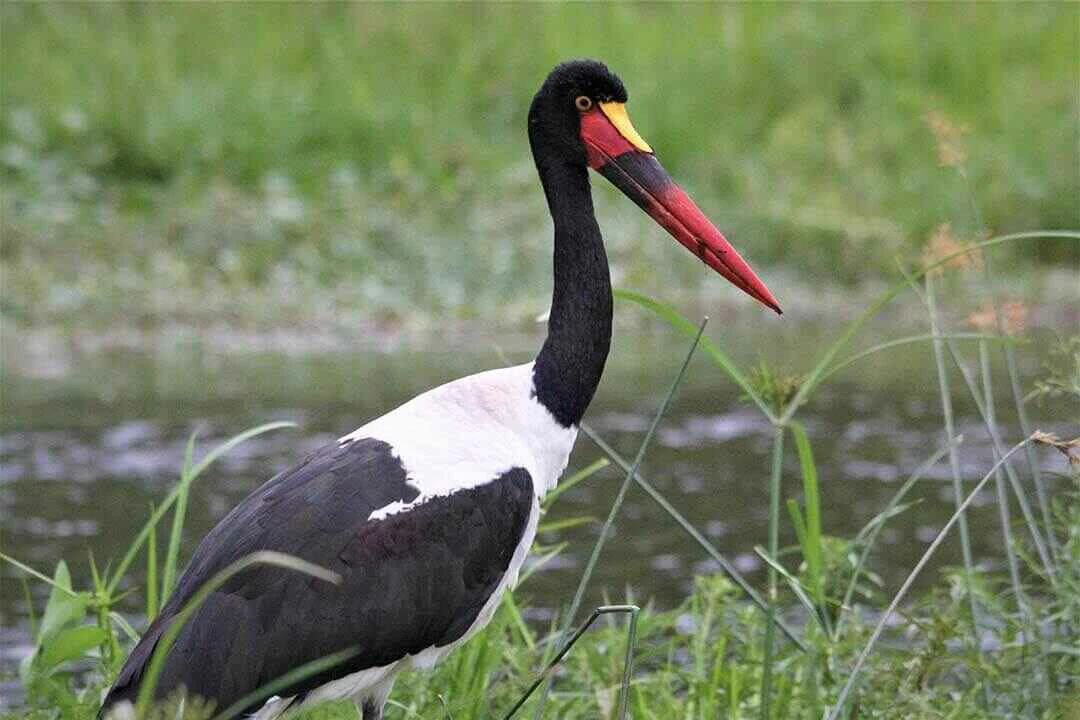
Some 244 bird species are known from this Important Birding Area. The area is important as the southern limit of many Sudan - Guinea Savanna biome birds. The most interesting species known from this little explored region is the submontane sunbird Nectarinia preussi of the Afrotropical Highlands biome.
Read More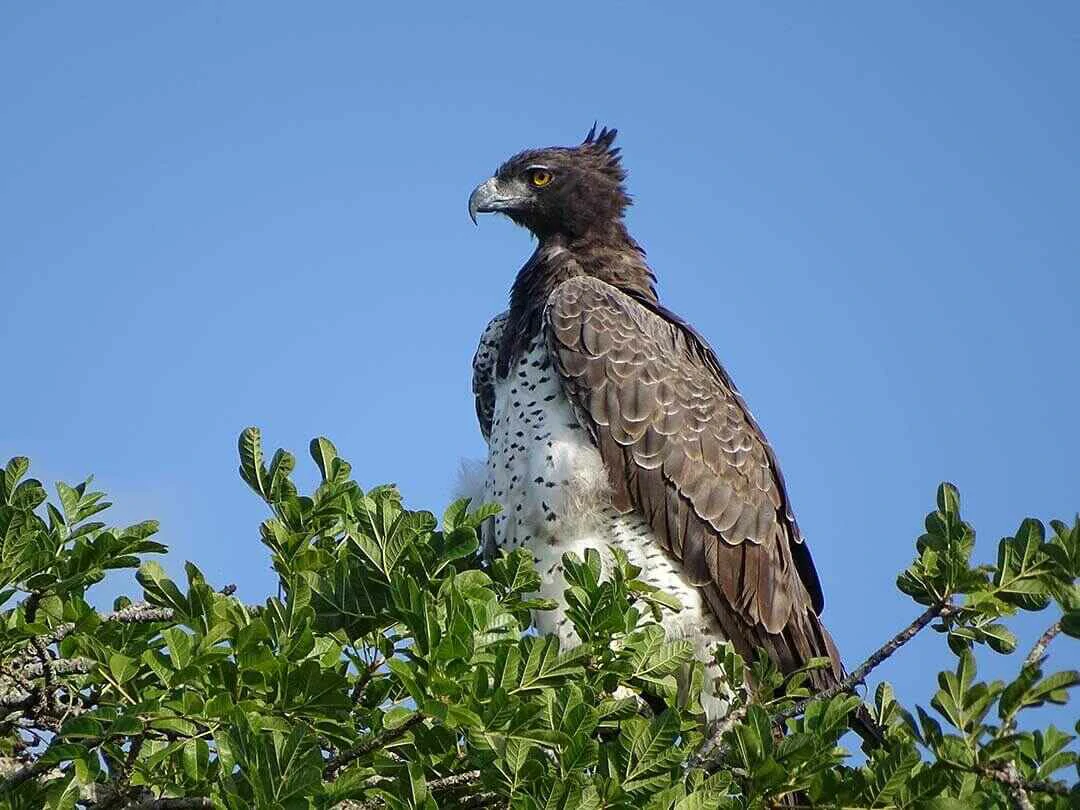
At least 16 bird species occur in Kakamega but nowhere else in Kenya, and another 30 (such as Psittacus erithacus) are probably now confined to this site. The grassy glades have their own distinctive avifauna, with many moist-grassland species that are now rare elsewhere in western Kenya. Regionally threatened species include Circaetus cinerascens (fairly common resident), Hieraaetus ayresii (relatively abundant),
Read More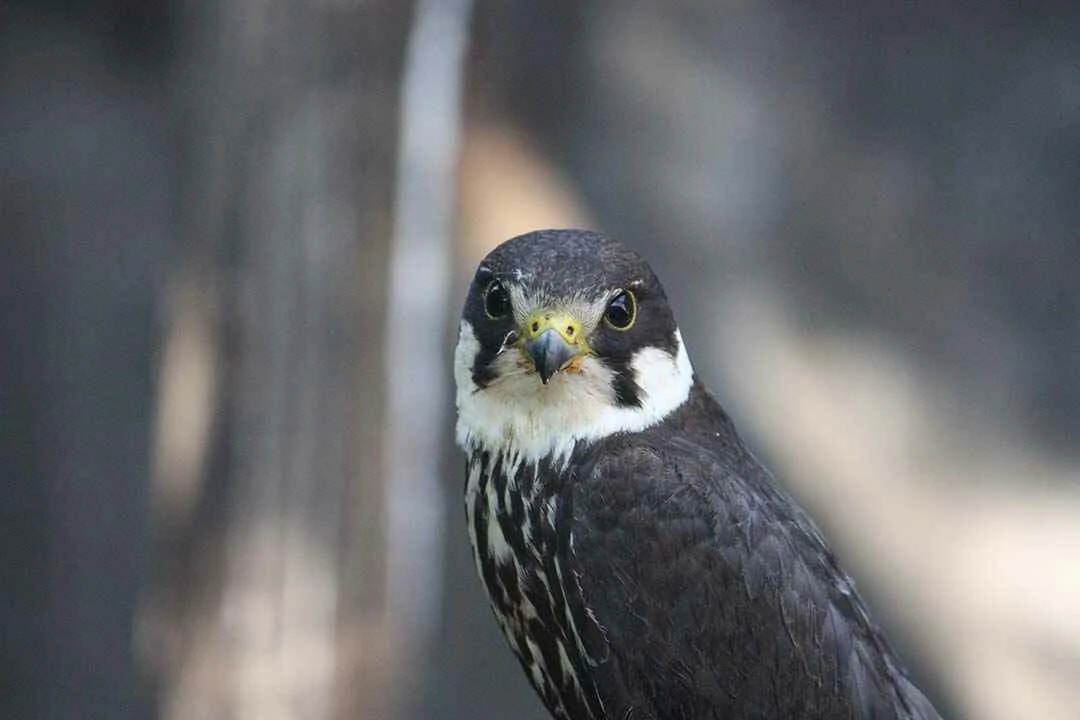
This is probably the world stronghold of Macronyx sharpei, a threatened Kenya bird endemic. The species is confined to grassland, preferring short-grass fields with tussocks, and in good habitat occurs at densities of 0.8 individuals/ hactares. Cisticola aberdare is thought to occur in the higher parts of the plateau, close to the Aberdare mountains,
Read More
Lake Elementeita is home to 13 globally threatened bird species and some of the highest bird diversities in the world. Due to the assemblage of various birds of conservation concern, such as the threatened, range-restricted Grey-crested Helmet-shrike nearly threatened which occurs in the surrounding woodland where it may be resident.
Read More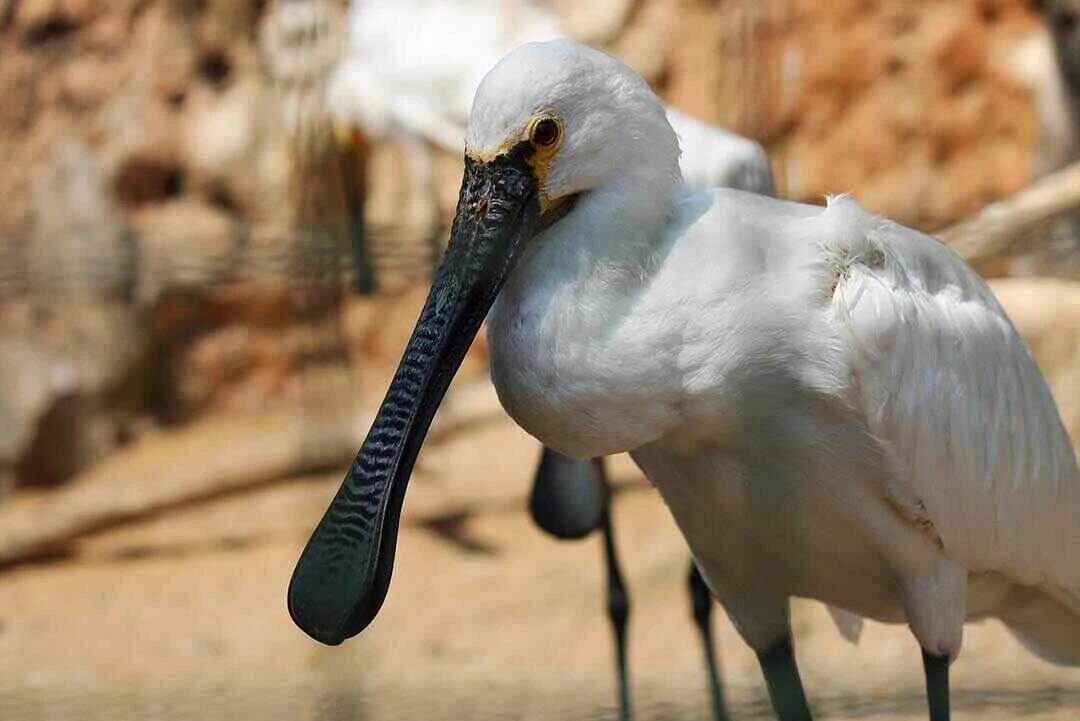
Bird life is concentrated at the lagoons. Phoenicopterus minor is often present in internationally important numbers though Magadi is a much less significant feeding site for this species than Bogoria or Nakuru.
Read More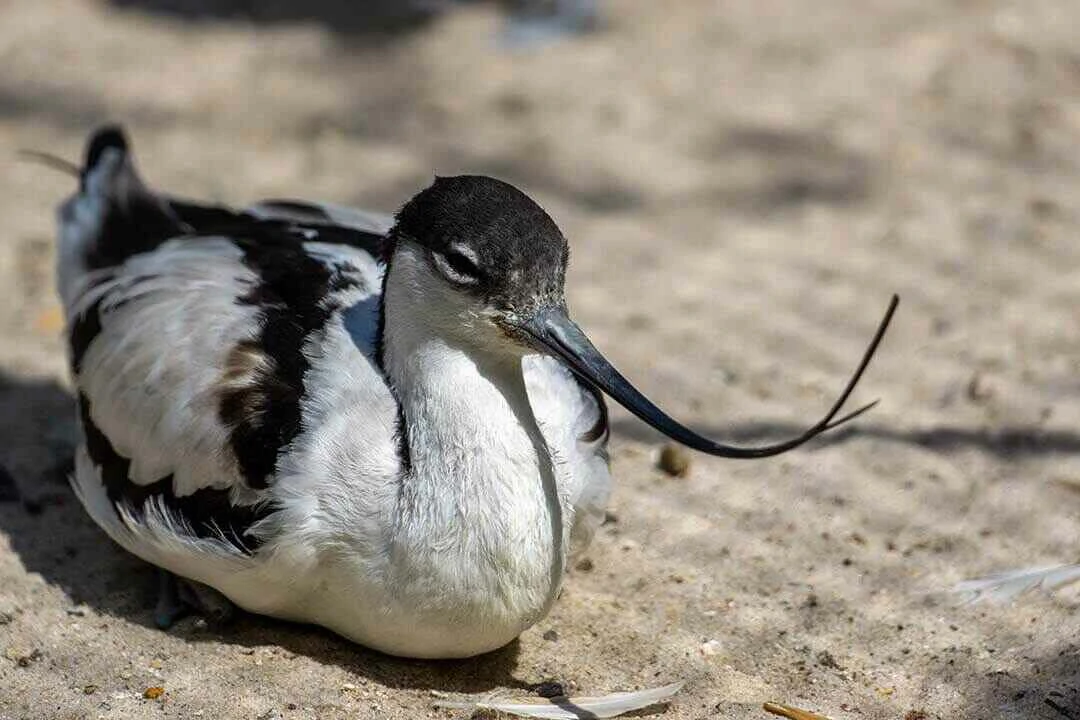
Lake Naivasha and its surrounding harbour numerous bird species that include kingfishers, pelicans, great cormorants, fish Eagles, Pelicans, Grey-backed fiscal, hawks, cuckoos, woodpeckers, shrikes, Cape Teal, Pied Avocet, Black Heron, Goliath Heron, Maccoa Duck, Great White Pelican, Common Greenshank, Ruff, Green Sandpiper, Hilderbrandt's Francolin, Arrow-marked Babbler, African Fish Eagle.
Read More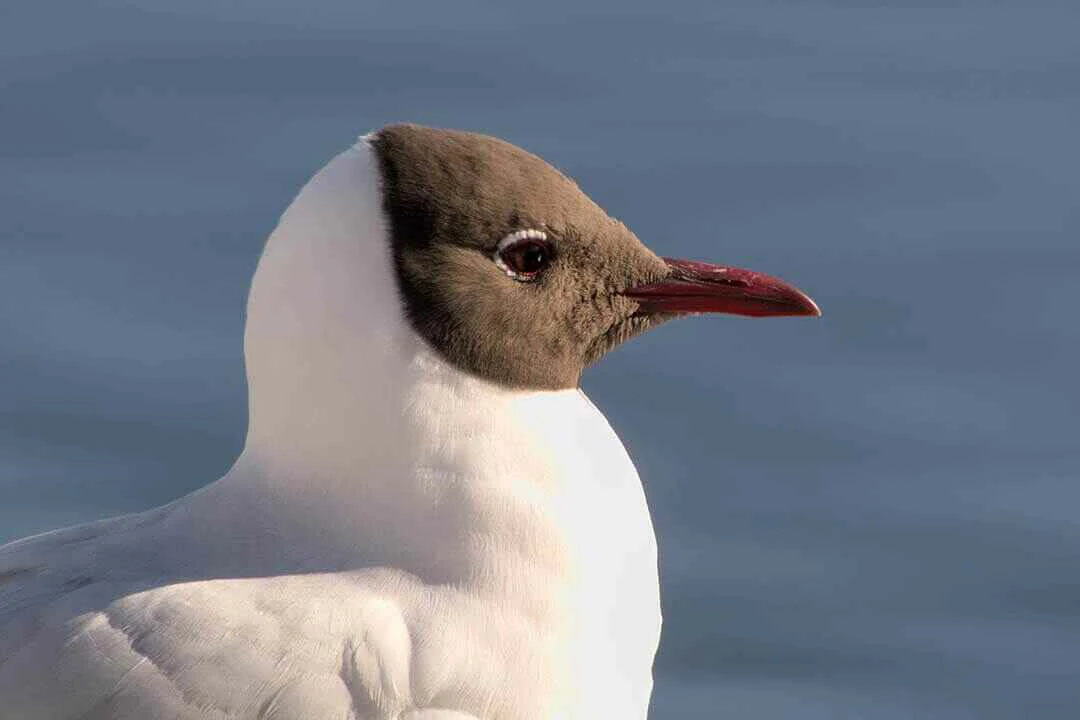
The lake is internationally famous for its populations of Phoenicopterus minor; numbers can reach 1.5 million at times, though drastic and unpredictable fluctuations occur. Undoubtedly Nakuru is a very important feeding site for this species; attempts by flamingos to breed here have not been successful.
Read More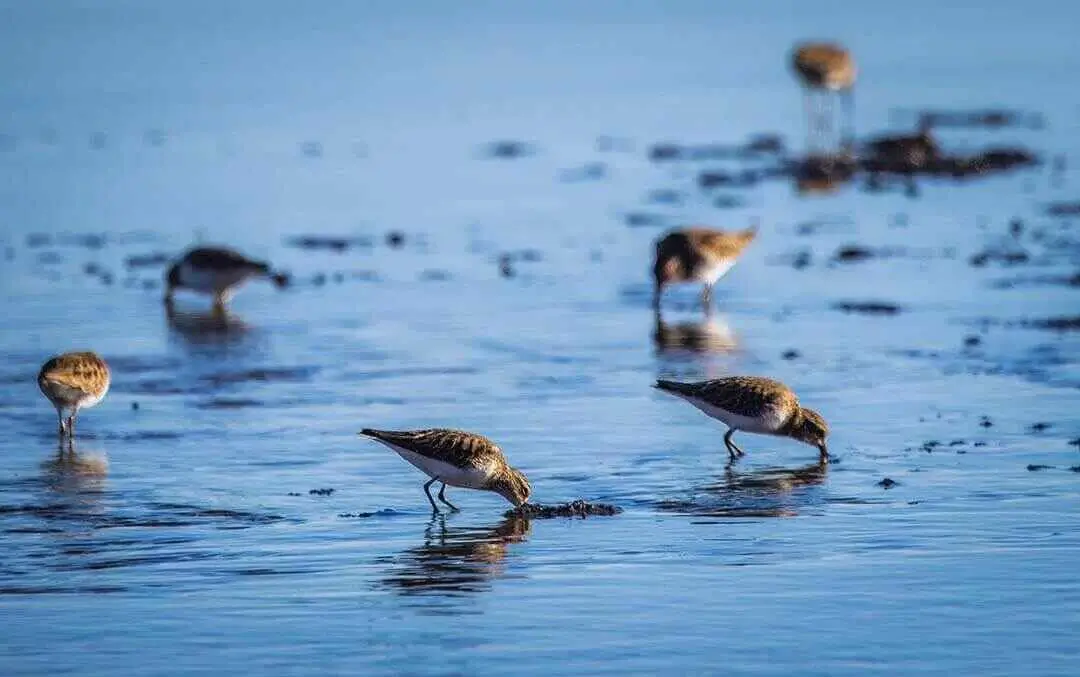
Turkana is an extremely important waterbird site: 84 water bird species, including 34 Palearctic migrants, have been recorded here. Over 100,000 Calidris minuta may winter, representing more than 10% of the entire East African/South East Asian wintering population.
Read More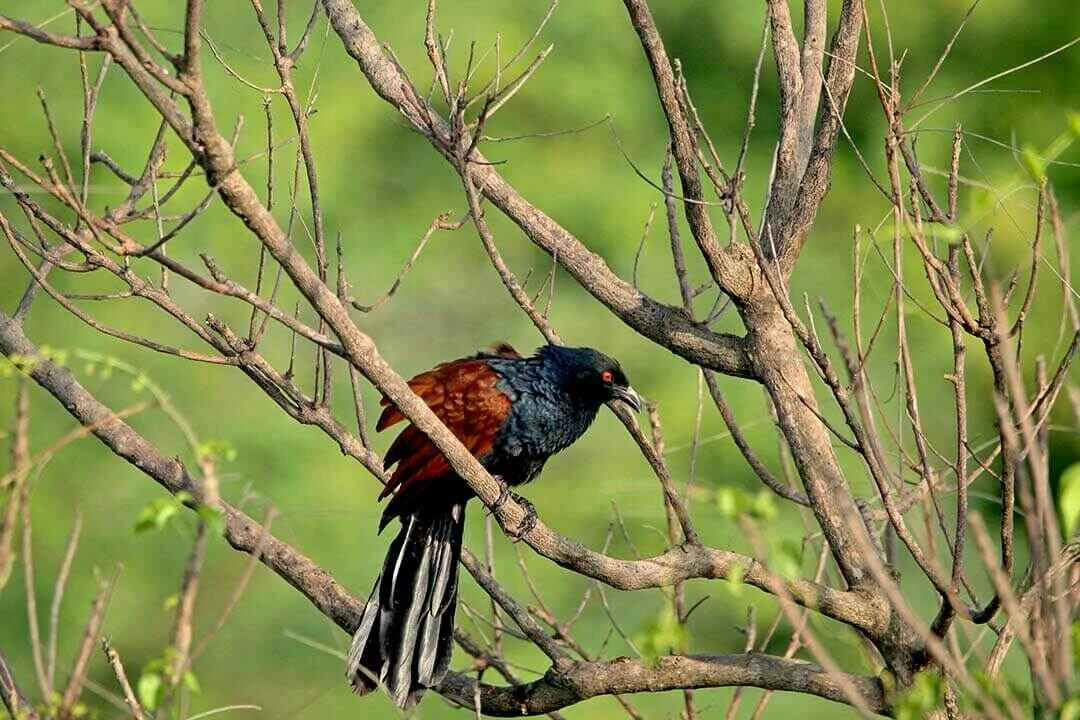
The Mara's extensive grasslands are a stronghold for the threatened, migratory Crex crex and the near threatened, restricted-range Euplectes jacksoni. The woodlands around the reserve are probably the centre of abundance for the threatened, restricted-range Prionops poliolophus.
Read More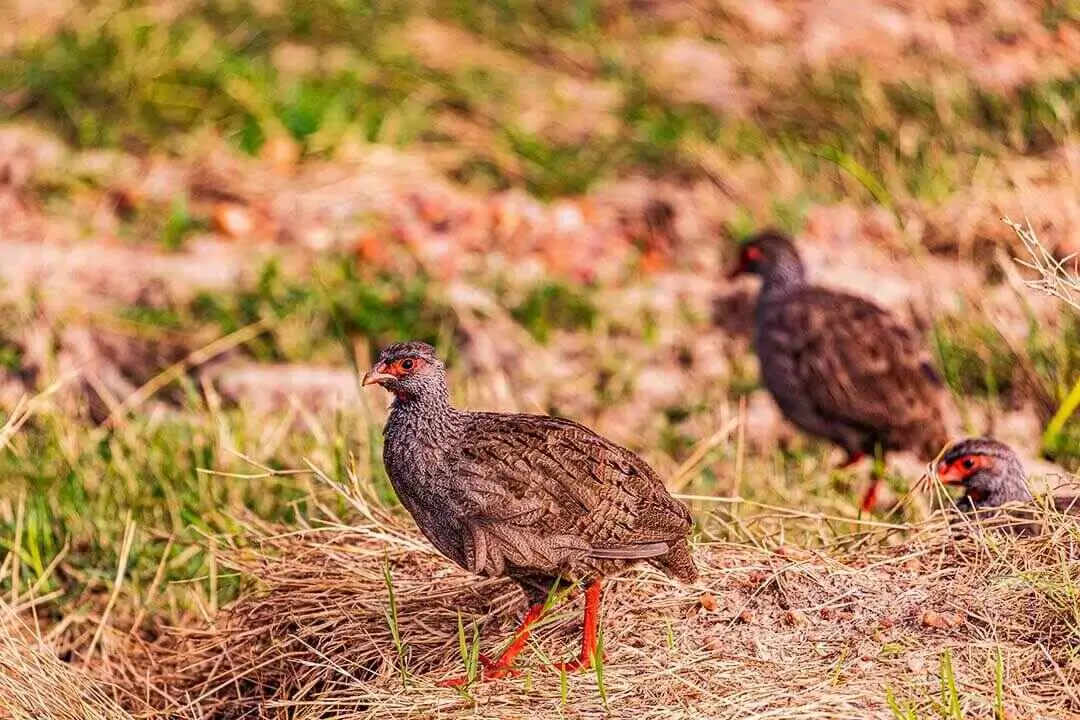
A number of regional endemics occur such as Tauraco hartlaubi and the restricted-range Cisticola hunteri and Francolinus jacksoni. Regionally threatened species include Hieraaetus ayresii (scarce and local), Stephanoaetus coronatus (resident in small numbers), Tyto capensis (no recent records), Bubo capensis, Glaucidium tephronotum (fairly common), Indicator exilis, Sheppardia polioptera (uncommon and local), and Campephaga quiscalina (uncommon resident).
Read More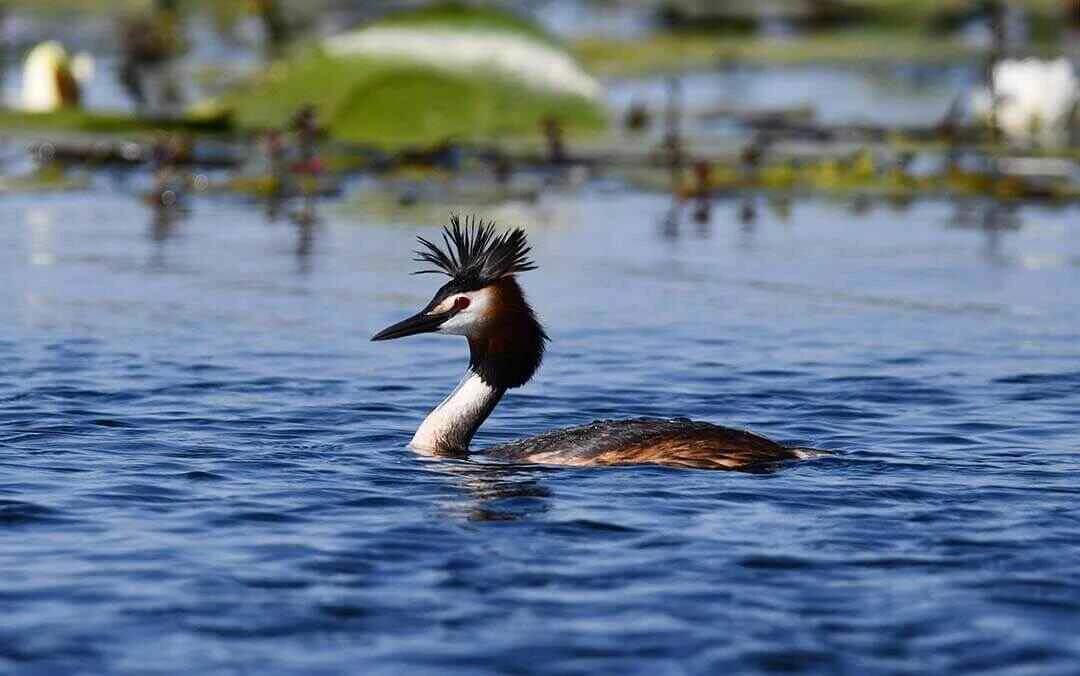
Key species here include Macronyx sharpei and Cisticola aberdare both known to occur, but their current status and distribution within the Important Bird Area are unknown. Falco naumanni is a formerly regular Palearctic passage migrant, and Gallinago media is an uncommon Palearctic winter visitor.
Read More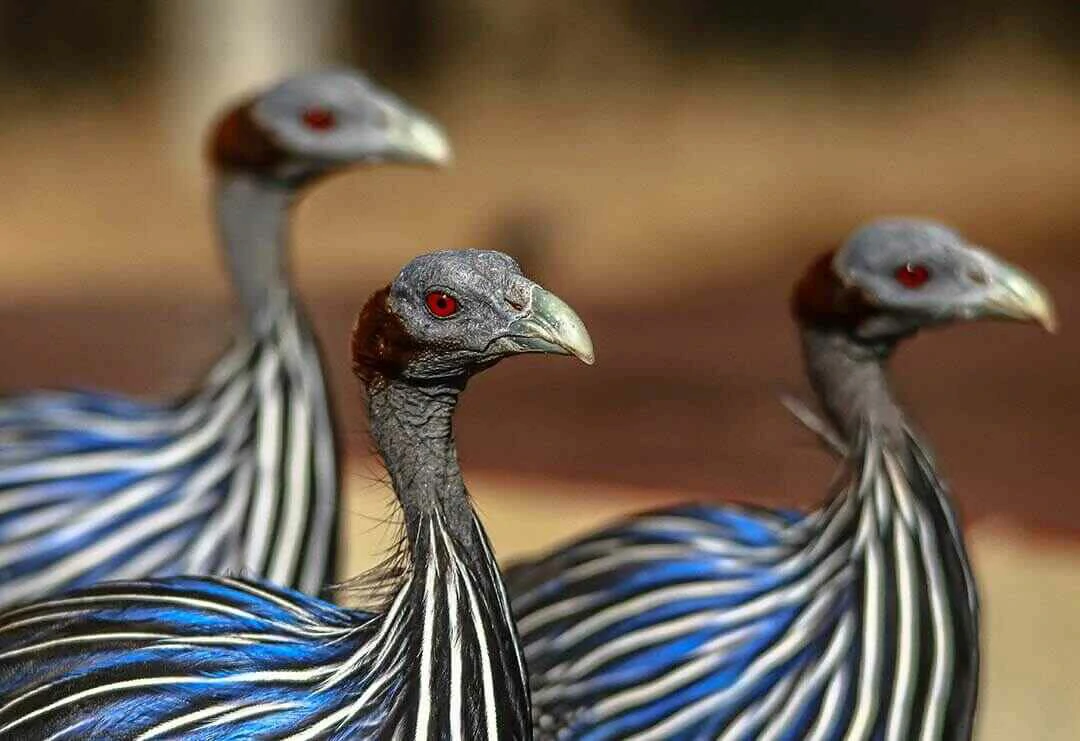
Meru offers good bird watching throughout the year, but the best time is from November to April when the migrants from Europe and North Africa are present. This coincides with the breeding season when many species are nesting. Although good for birding, April tends to be very wet and is a less productive time for wildlife viewing.
Read More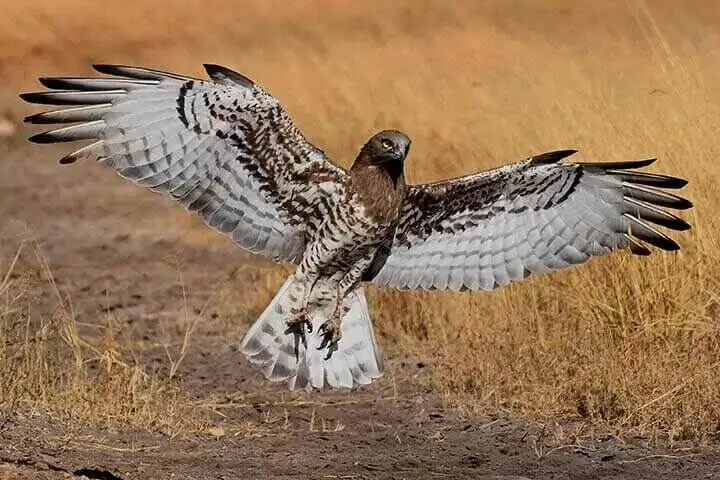
Mount Kenya National Park is home to 305 species of birds most of which are only found, Jackson's and Moorland Francolins, endemic to Kenya, Hartlaub's Turaco, Black-collared Apalis, and Streaky-headed Seedeater.
Read More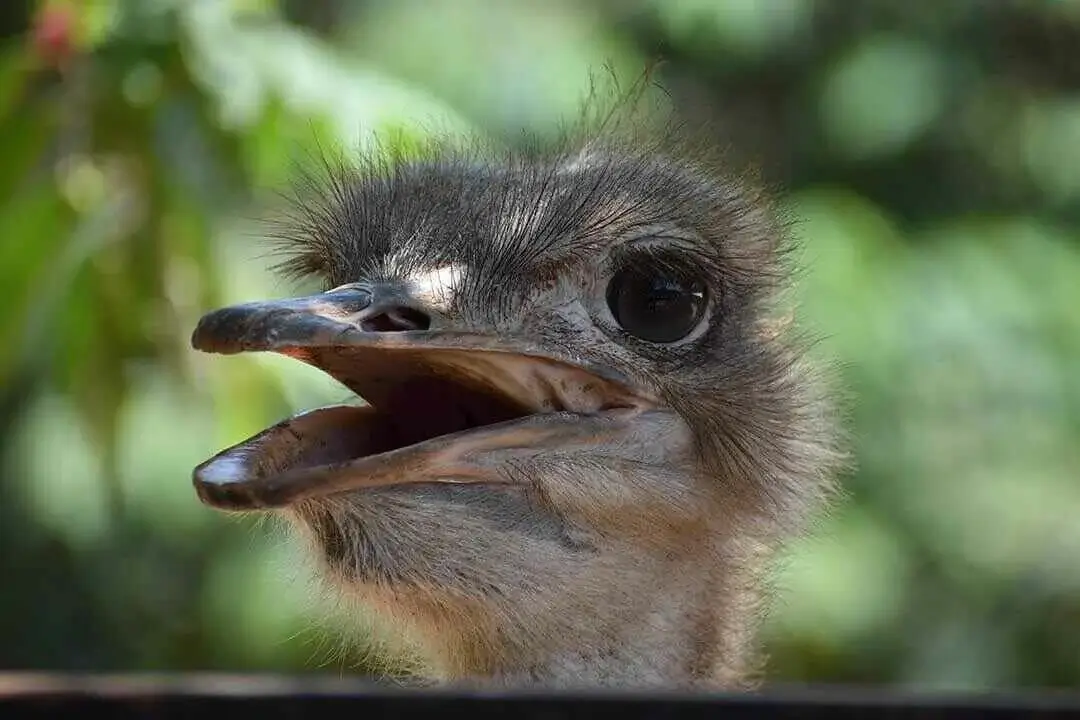
Nairobi National Park is an important roosting site for Falco naumanni flocks on passage (up to 5,000 have been recorded), although numbers have declined markedly in recent years. The substantial area of undisturbed grassland is of great importance for species such as the restricted-range Euplectes jacksoni, which breeds here regularly after good rains
Read More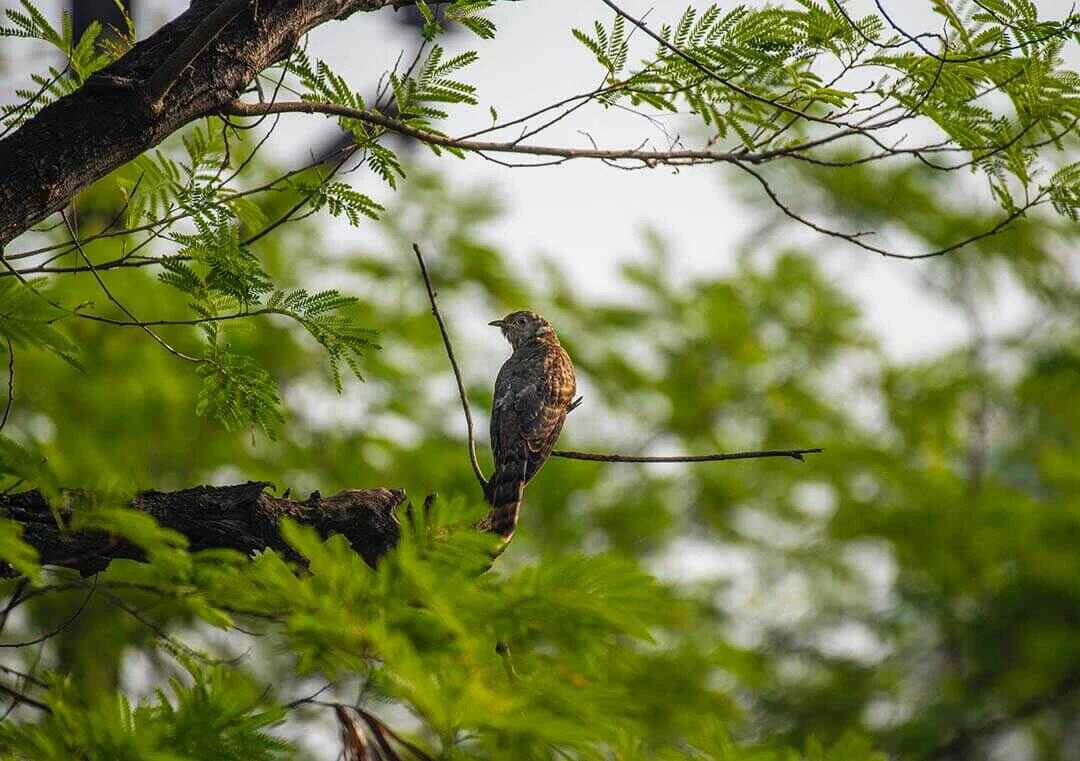
Ruma National Park is a birding destination with over 400 species of birds recorded in the park, making it an important bird area, the rare intra African migrant, the blue swallow is one such avian species.
Read More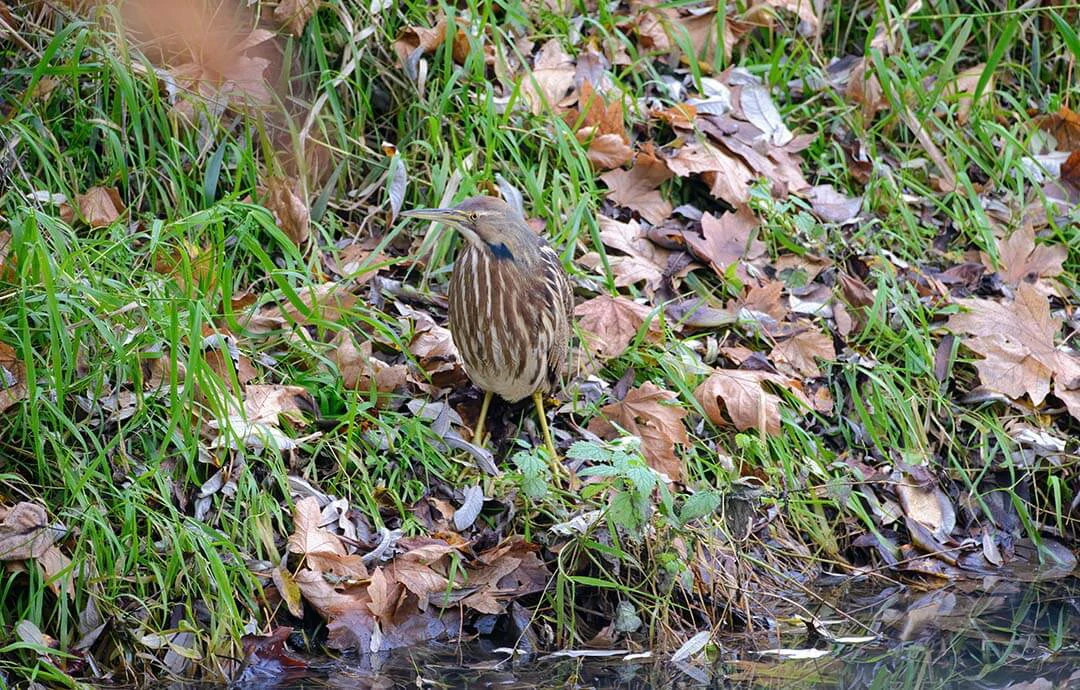
Saiwa National Park Birds include, Dwarf Bittern, Western Reef Heron, Goliath Heron, African Fish Eagle, African Marsh Harrier, Bat Hawk, Wahlberg's Eagle, Allen's Gallinule, African Green Pigeon, Ross's Turaco, Blue-headed Coucal, Narina Trogon, Abyssinian Roller, Mustached Green Tinkerbird, Slender-billed Greenbul, Grey-winged Robin-Chat, African Thrush, White-browed Crombec, Black-throated Apalis, Black-throated Wattle-eye, African Blue Flycatcher, Brown Flycatcher, Yellow-billed Shrike, Marsh Tchagra, Bronze Starling, Heuglin's Masked Weaver, Hartlaub's Marsh Widowbird Black-bellied Seedcracker
Read More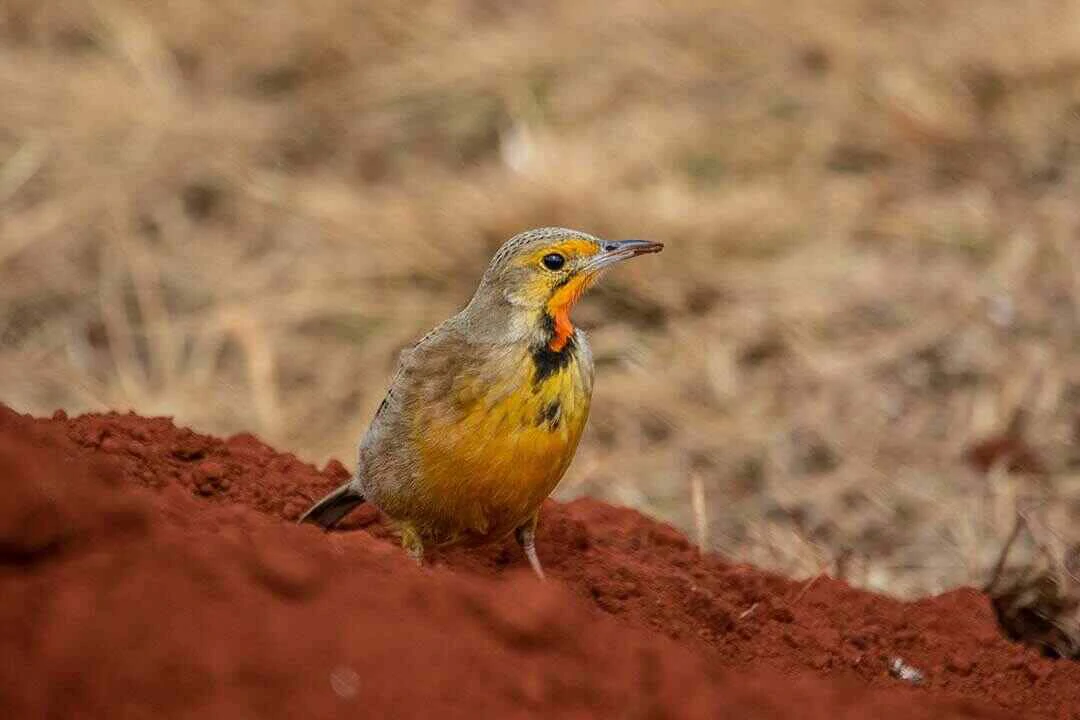
Tsavo East National Park is the one of the best birding safari destination in Kenya and the entire East African region. It has many dry- country specials which are easy to spot, including the bravura golden- breasted, golden pipit and the Vulturine Guinea fowl. The park is also south most known for the Somali ostrich.
Read More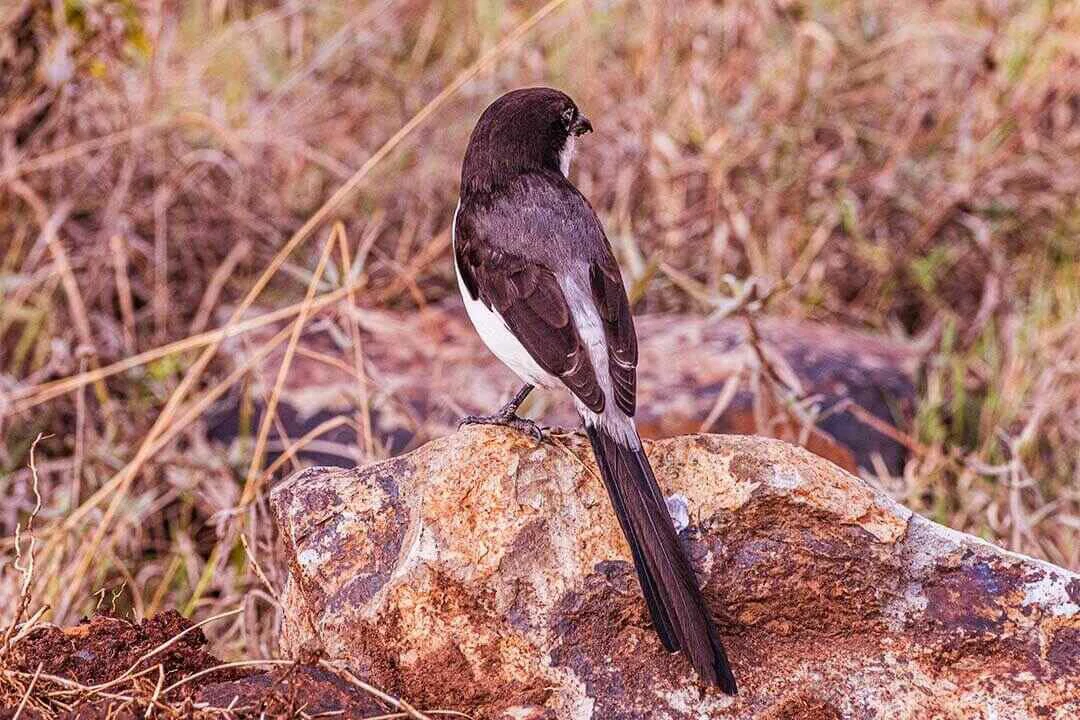
Tsavo West has a rich avifauna. The enigmatic, Near Threatened Mirafra pulpa has been recorded singing and displaying in years of good rains, and presumably nests here. Tsavo West forms part of a corridor of natural habitat in eastern Kenya through which vast numbers of Palearctic birds migrate, especially in November and December.
Read More